Learning to play the D barre chord can be a significant milestone for beginners delving into the world of guitar. In this guide, we’ll explore step-by-step instructions and helpful tips to ease beginners into mastering this essential chord shape, empowering them to unlock new musical horizons.
Contents
Compare D to D barre chord
The D chord is generally easier for beginners because it involves only a few fingers and incorporates open strings. The D bar chord requires barring across the fretboard, which can be more challenging, especially for beginners.
The D chord has a brighter, more open sound due to the inclusion of open strings. The D bar chord has a fuller, denser sound since all strings are fretted. The D bar chord is more versatile because it can be moved up and down the fretboard to play different chords, whereas the D chord is fixed in one position.
The D chord is commonly used in folk, pop, and country music where an open, bright sound is desired. The D bar chord is useful for playing in different keys and for situations where a fuller sound is needed, such as in rock or jazz.
Some variation of D barre chord
Easy D barre chord
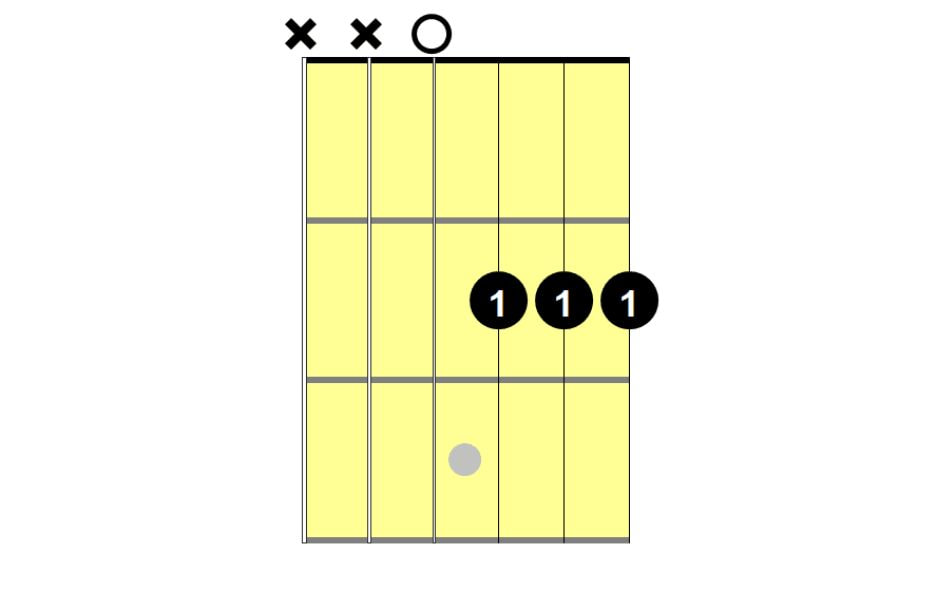
D bar chord E shape
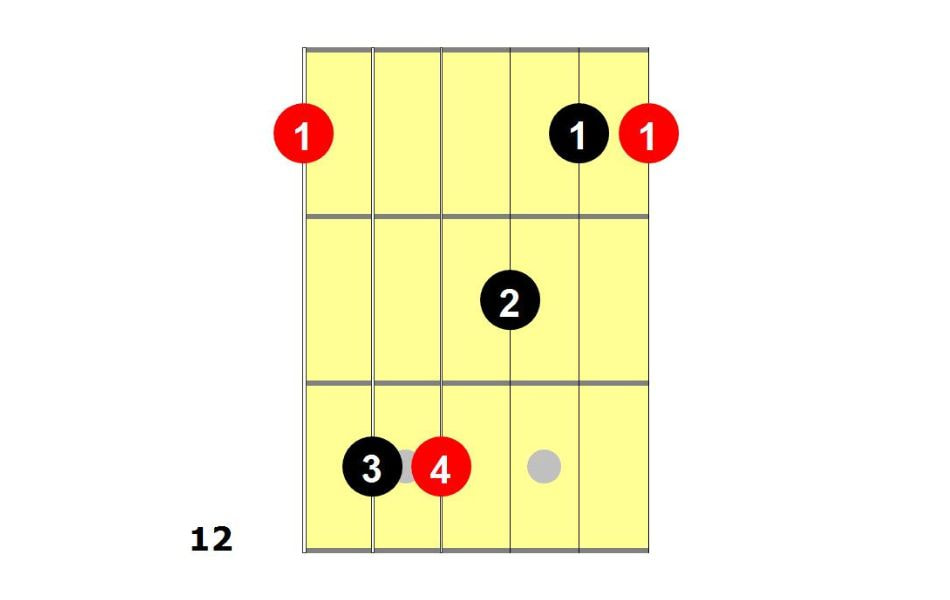
D barre chord C shape
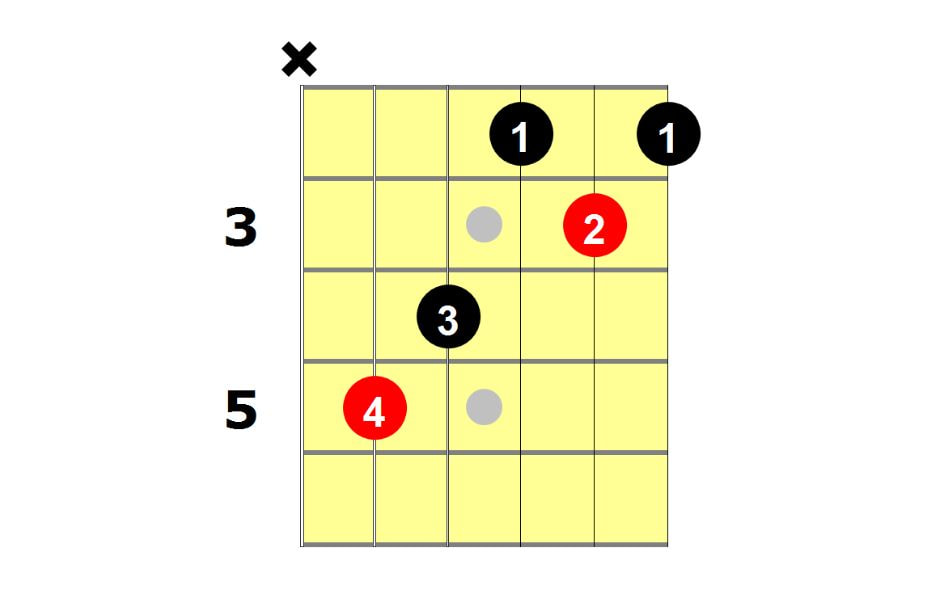
D bar chord G shape
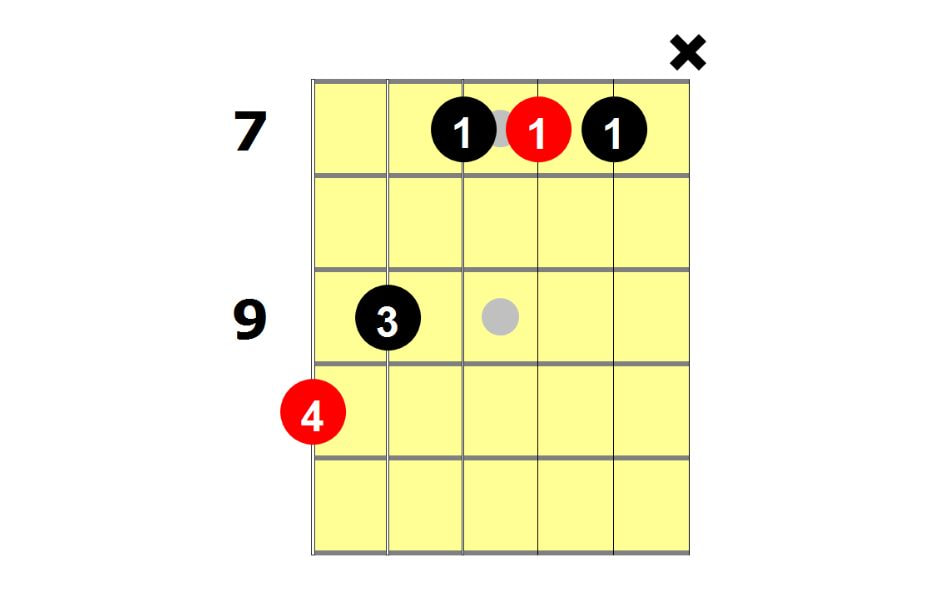
D bar chord A shape
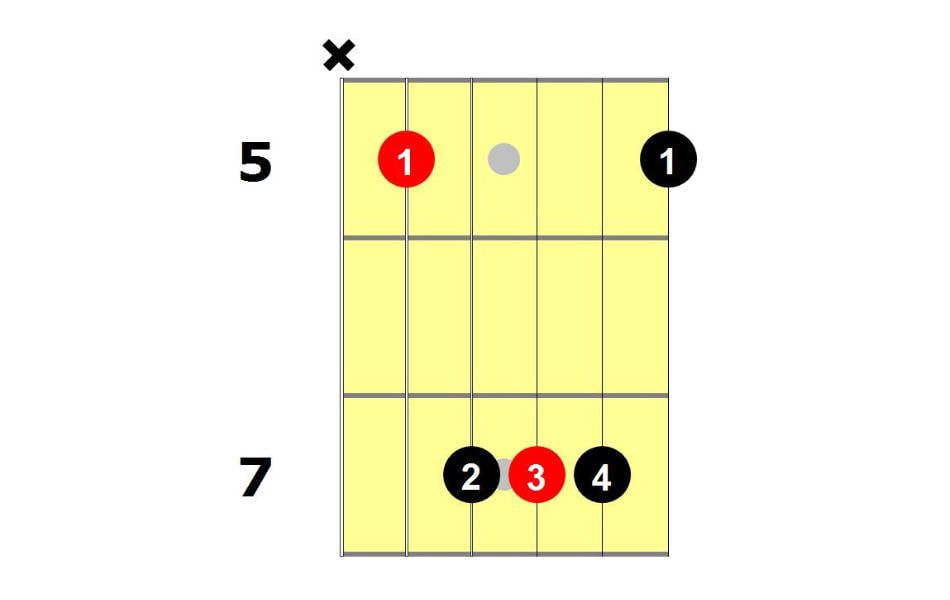
When you have mastered this chord, the door of music will open wide, allowing you to create and showcase your talent confidently and freely. Keep practicing and constantly exploring new potentials in your music. Don’t forget to use the Guitar Tunio app to tune your guitar and learn the metronome to ensure you have the most melodious tunes.
